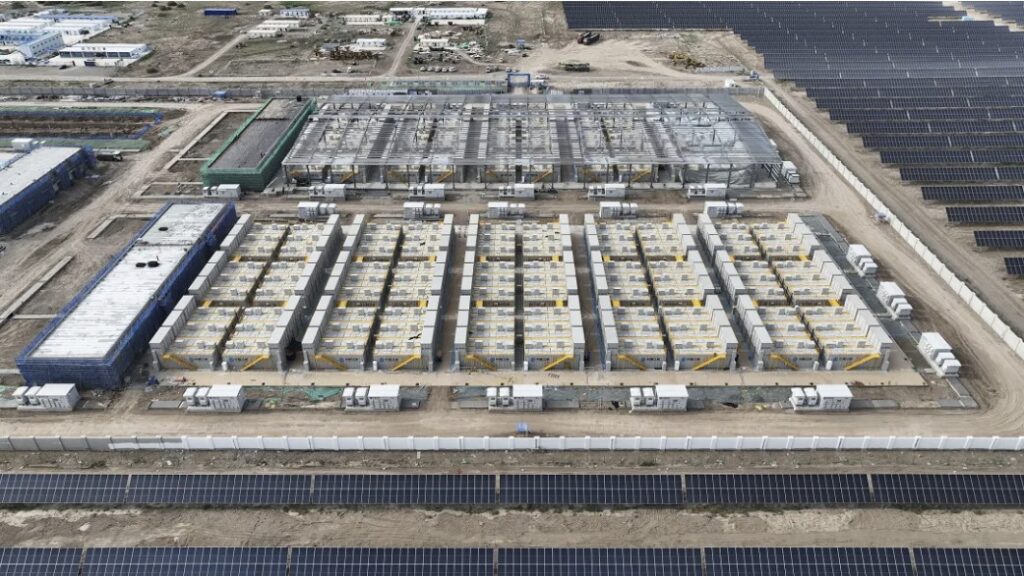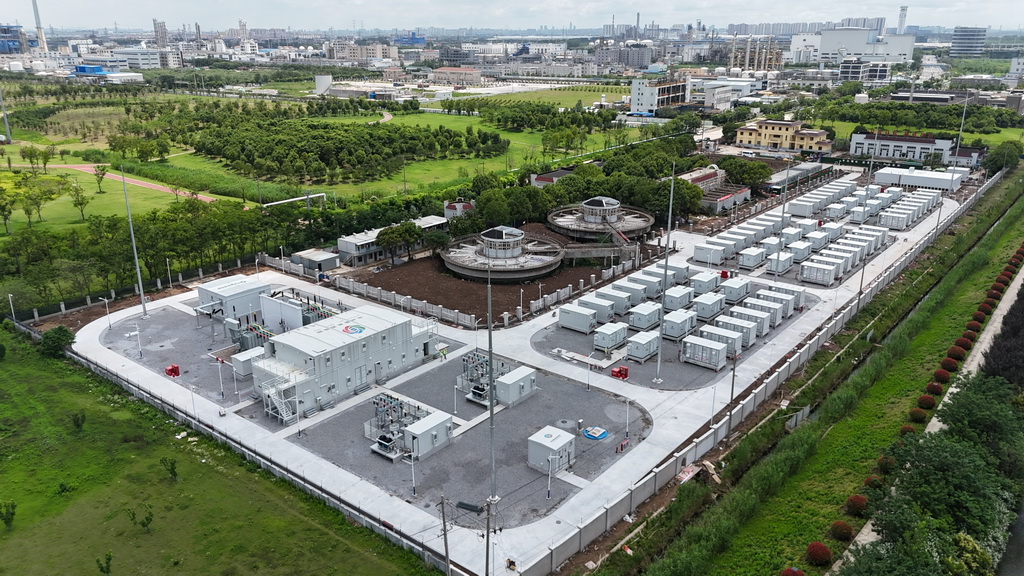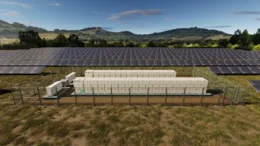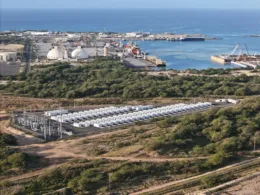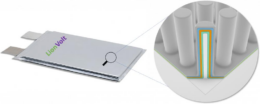Volvo launches battery energy storage system with integrated EV charger
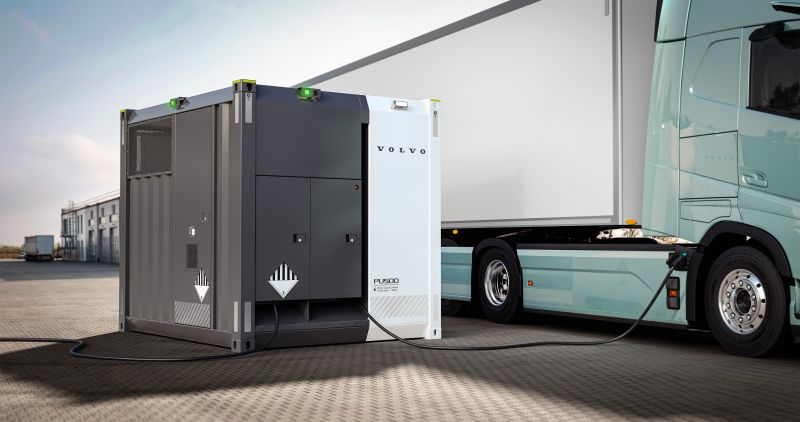
Volvo Energy has released the Volvo PU500 battery energy storage system (BESS) designed for powering sites, whether in grid-connected or island mode. The new all-in-one mobile power unit features an integrated EV charger, power conversion system, switchgear, and transformer.
The PU500 has an energy storage capacity of 450-540 kWh. It can be customized to meet the specific needs of each site, including remote construction sites, festivals, or disaster response efforts.
The system integrates a 240 kW DC fast charger, offering the possibility to recharge a heavy-duty truck in approximately 1.5 hours and can charge up to 3 electric heavy-duty trucks or 20 electric cars daily when fully charged, according to the manufacturer.
The PU500 has a power input of up to 86 kW (AC). Its recharge time is around five hours for a typical 70% state of charge (SOC) window with a 125 A input.
The system features nickel cobalt aluminium (NCA) battery chemistry. It has a liquid cooling system. The expected system lifetime is more than 10 years calculated with up to two cycles per day.
The PU500 is accommodated in a 10-foot ISO container. The 450 kWh product weighs around 6900 kilograms and the 500 kWh one around 7500 kilograms. Its operating temperature range is from -25°C to +40°C. The enclosure is IP54 rated.
The container features forklift pockets in its corners. It also has a fire detection system, sprinklers via fire hose connection, and deflagration panels integrated as safety response features.
The PU500 is designed to work with all brands of electric equipment, trucks, and passenger cars by virtue of its integrated Combined Charging System Type 2 (CCS2) charger with an eight-meter cable.
As the company explained in a LinkedIn post, when used in off-grid scenarios, the BESS is charged in advance at a location with grid access or other suitable charging infrastructure. Once charged, it can be transported to remote locations where it provides mobile energy without needing a direct grid connection.








